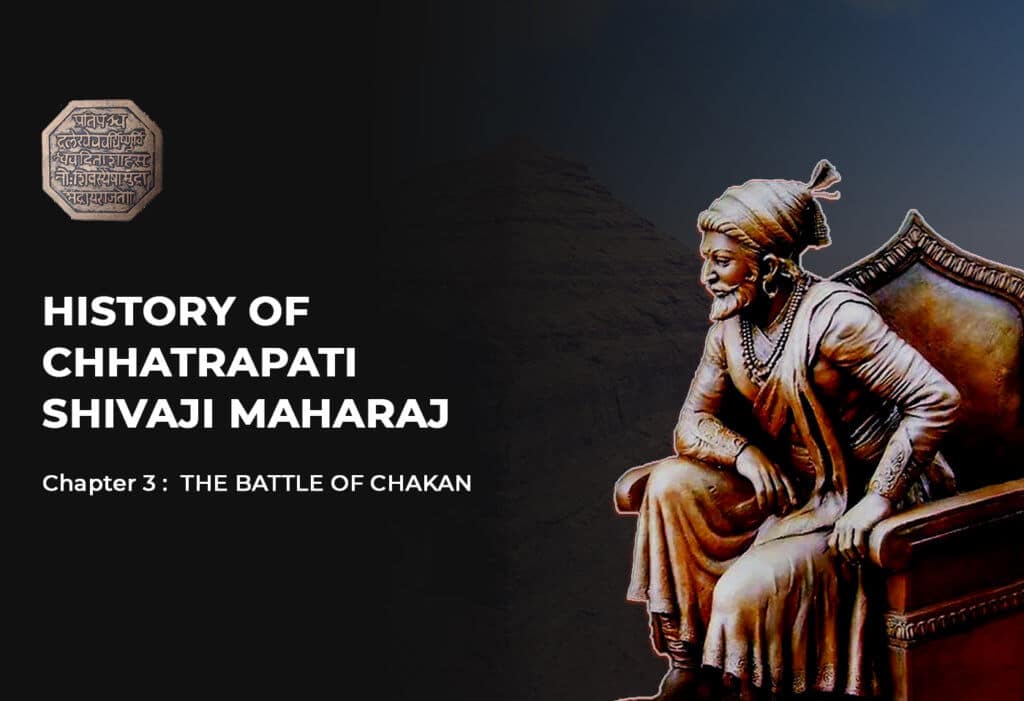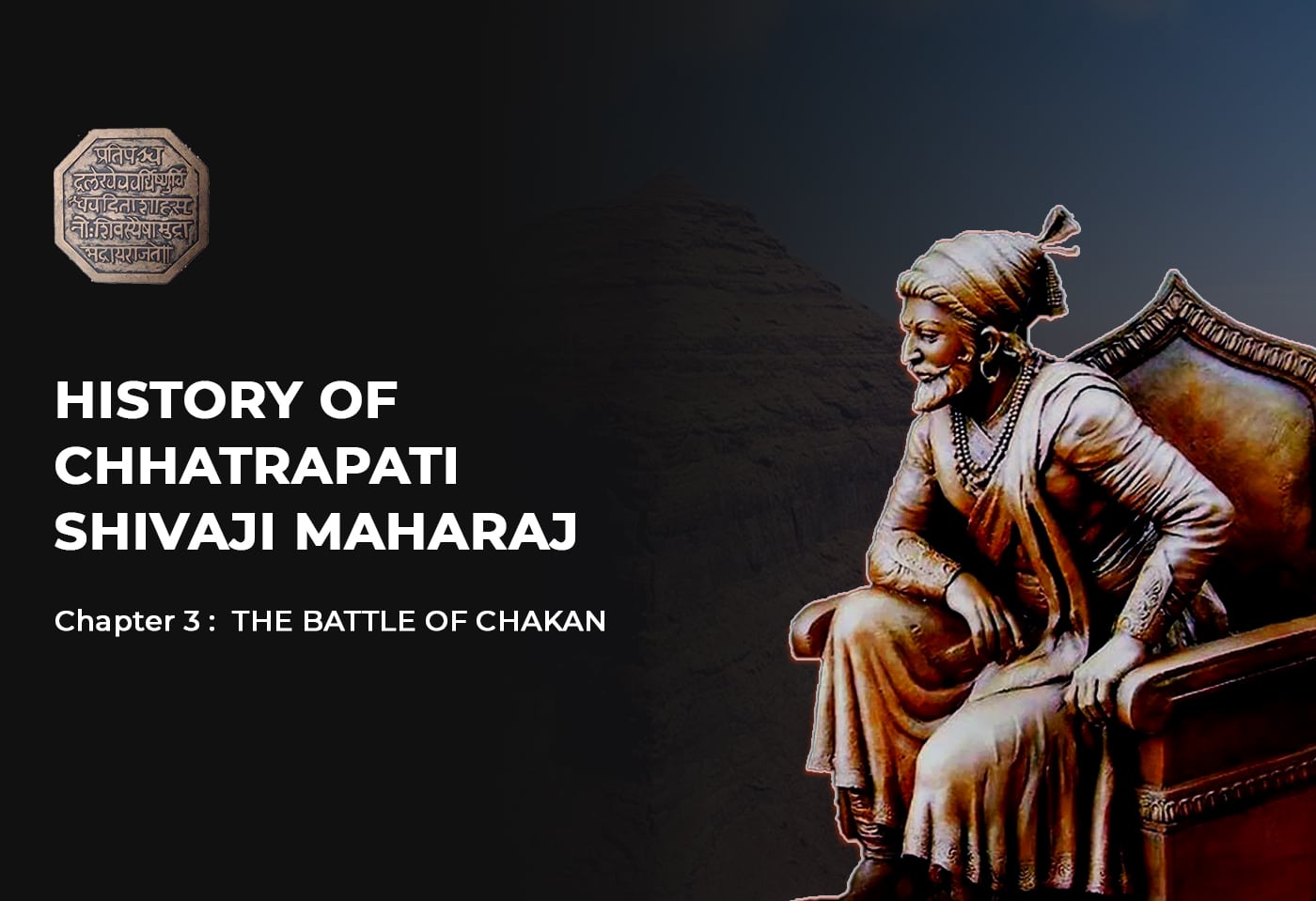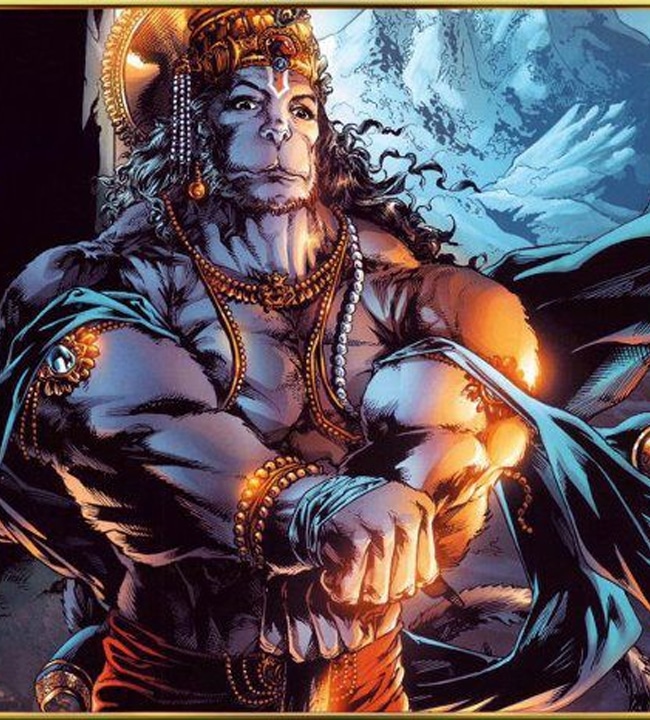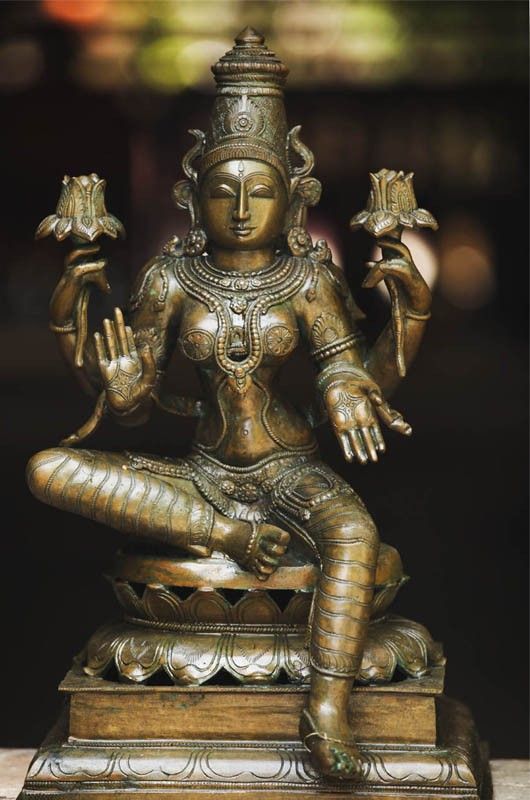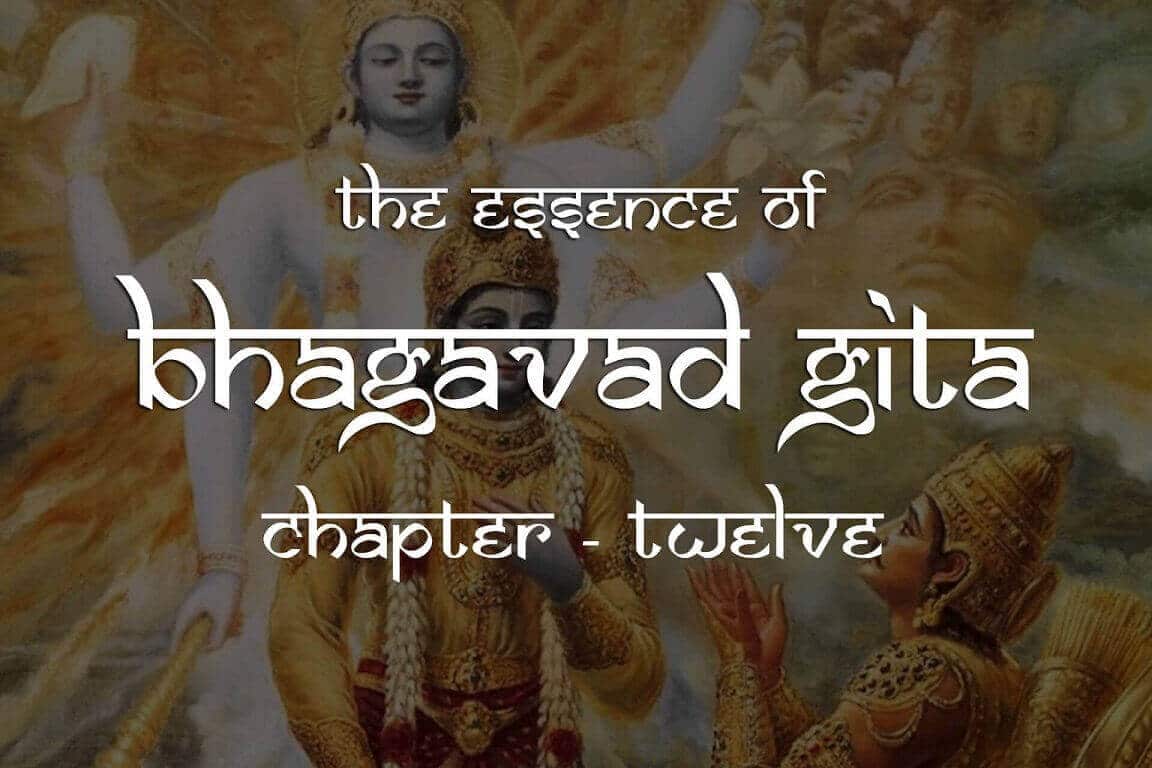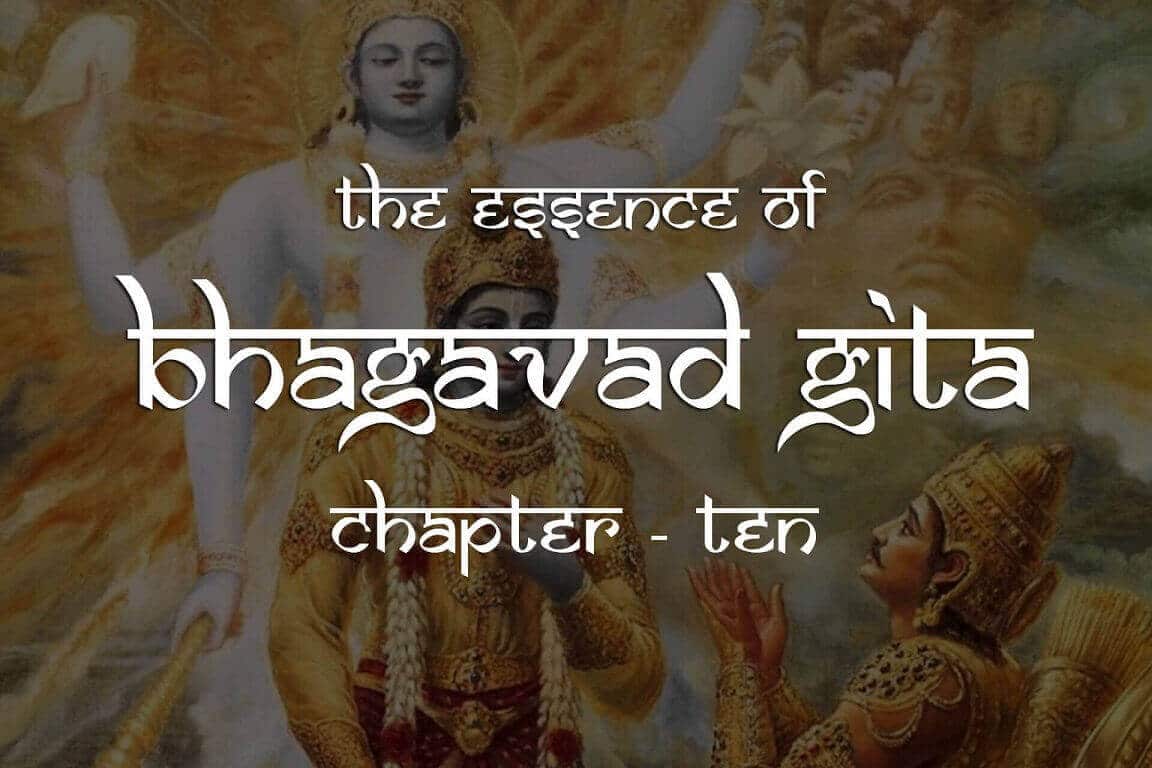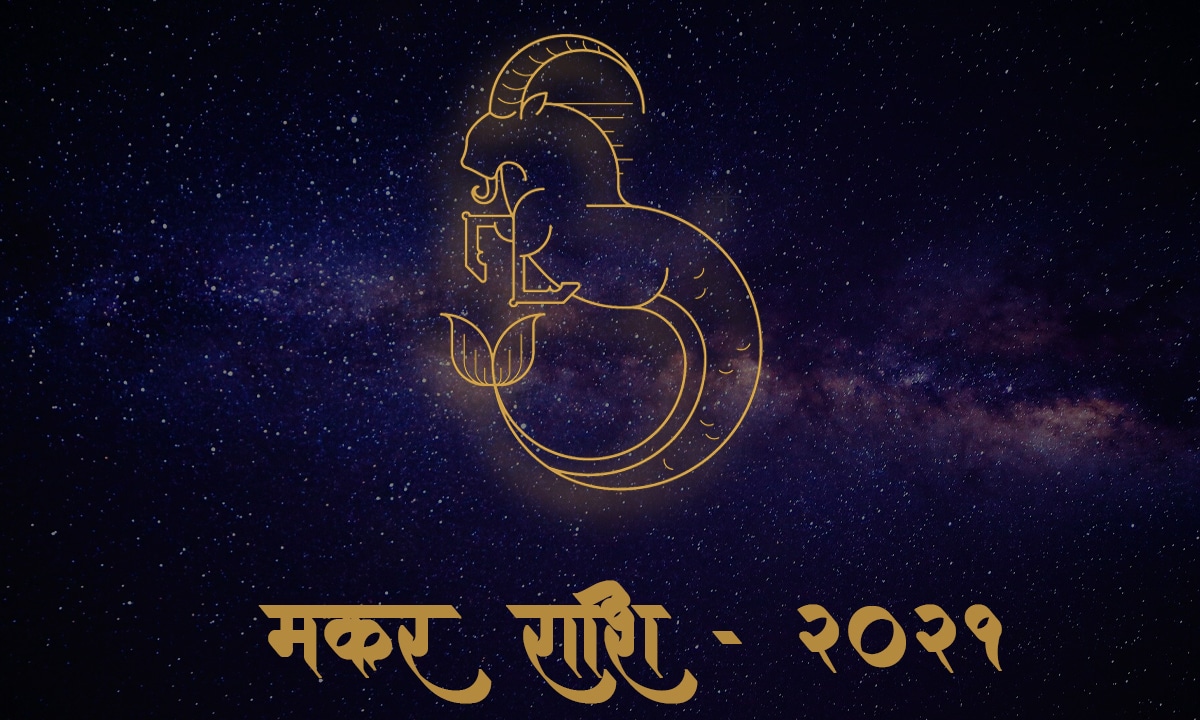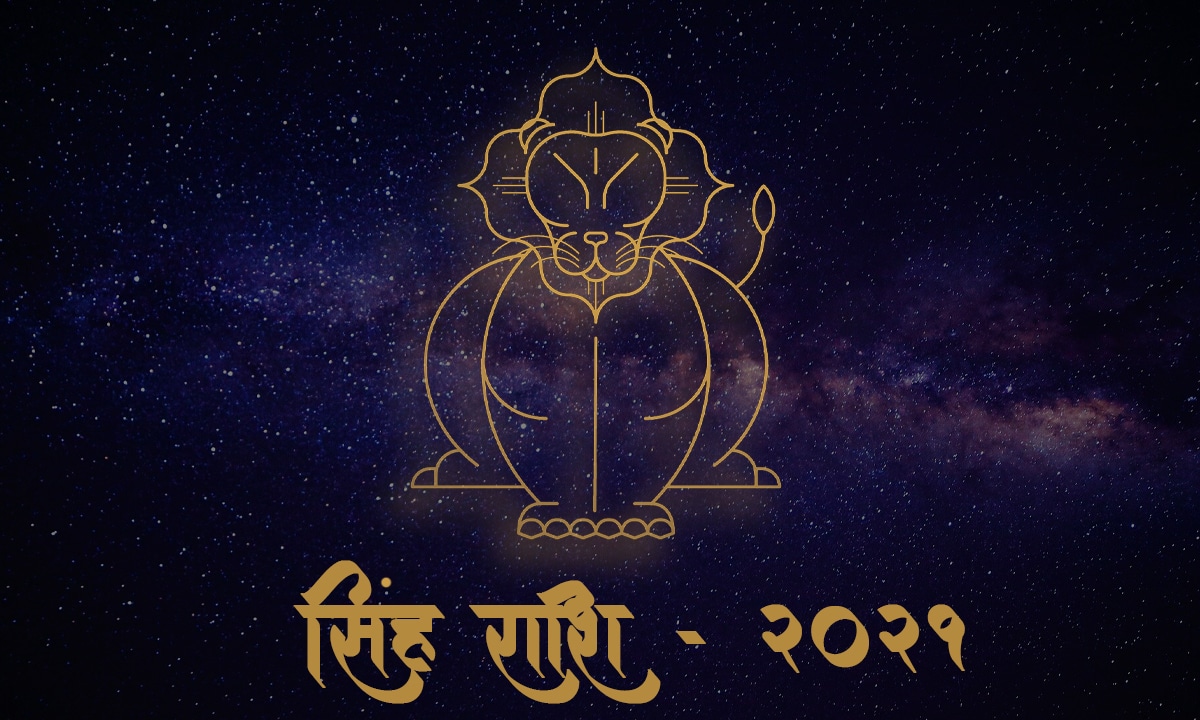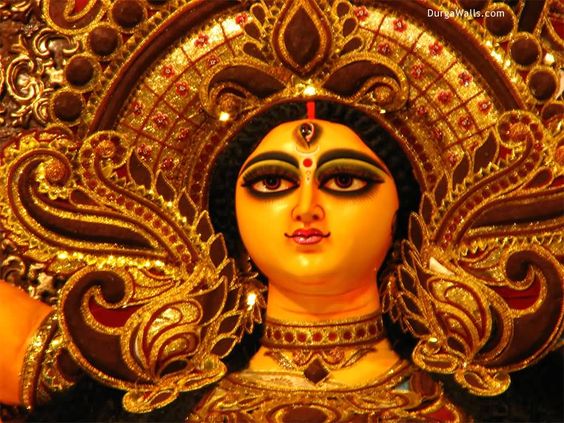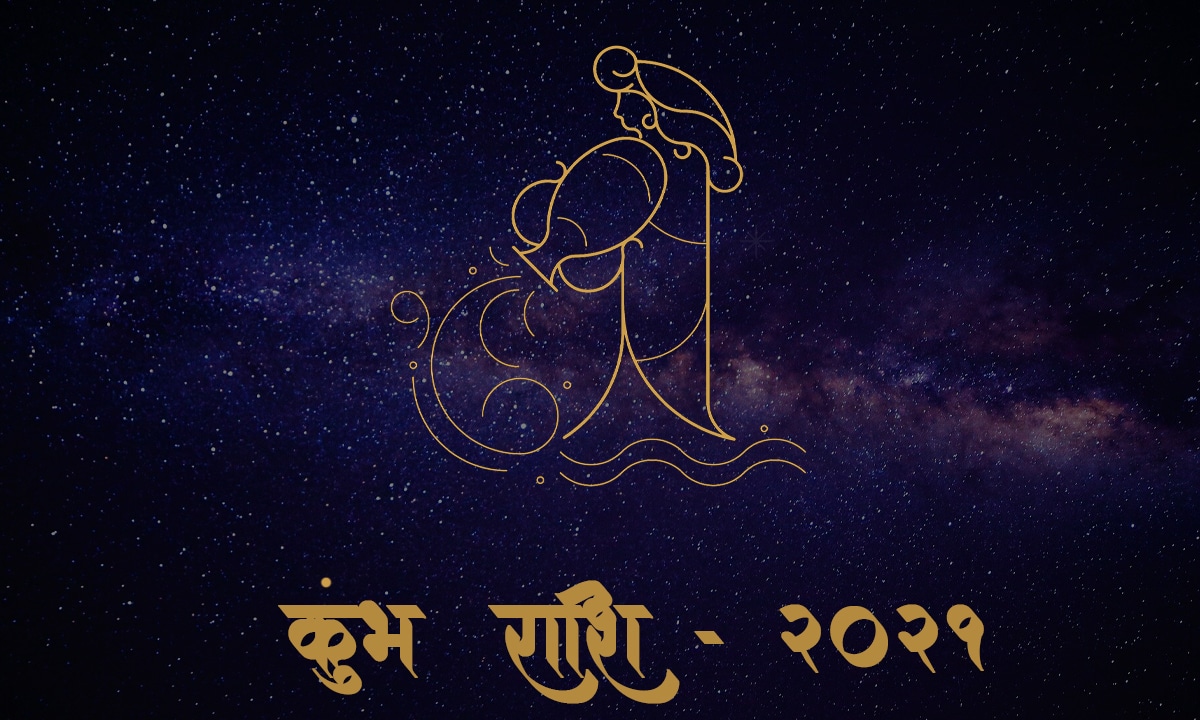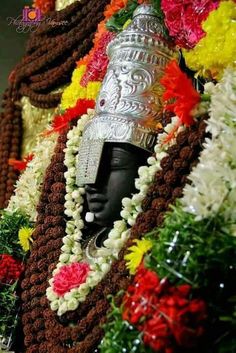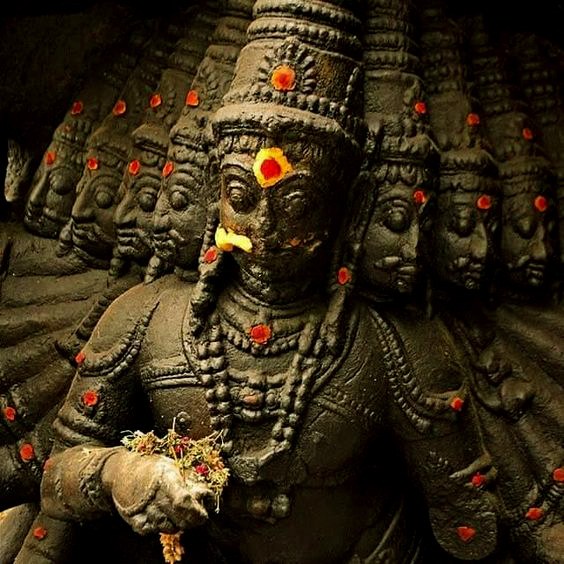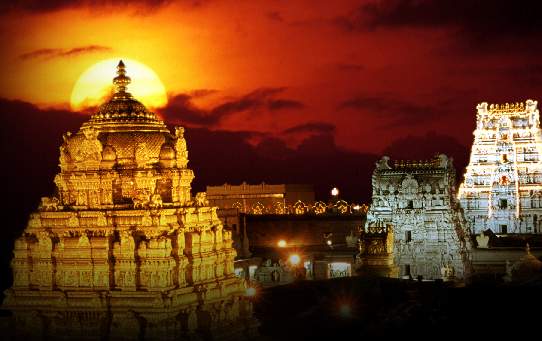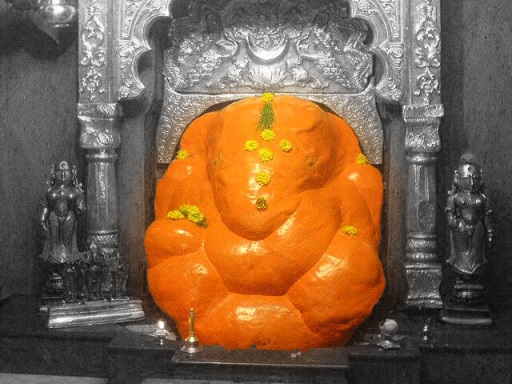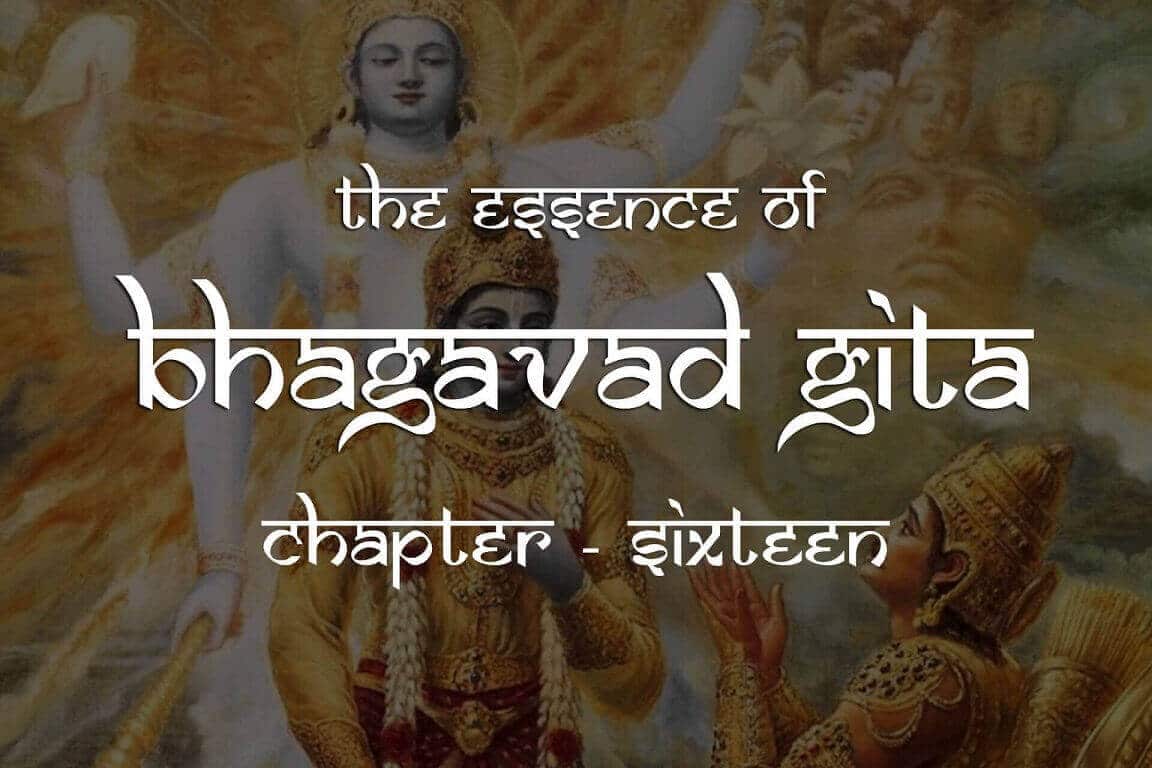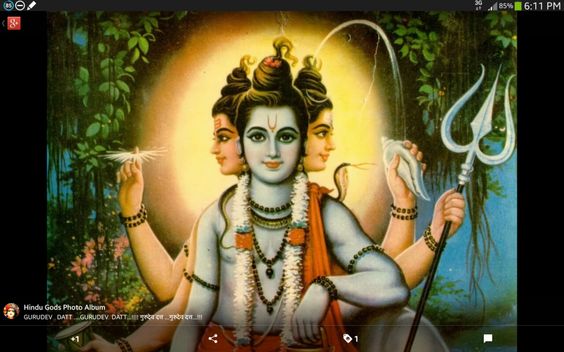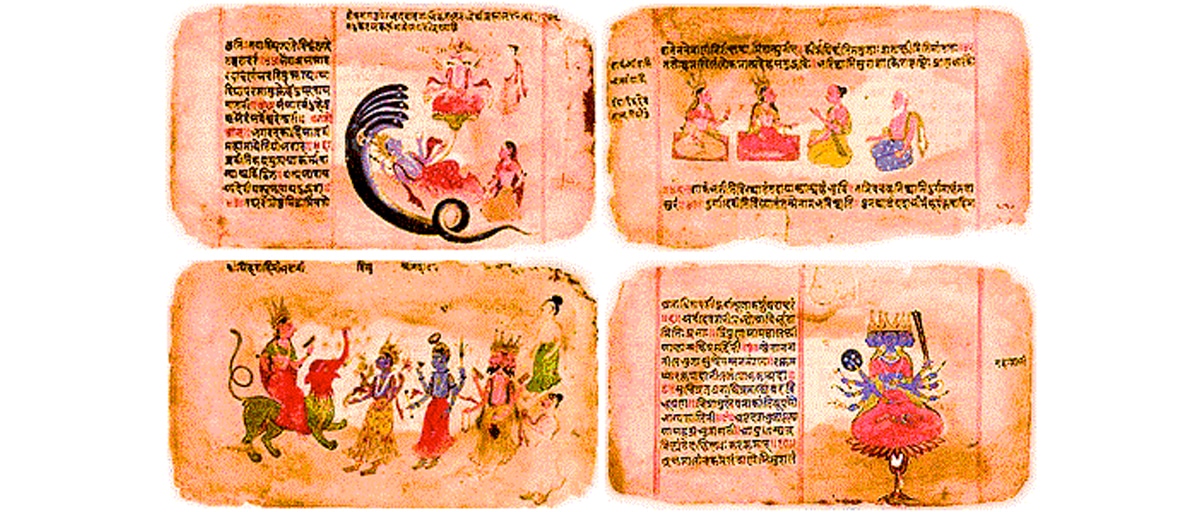In the year 1660, the Maratha Empire and the Mughal Empire fought the Battle of Chakan. According to the Mughal-Adilshahi agreement, Aurangzeb ordered Shaista Khan to assault Shivaji. Shaista Khan captured Pune and the nearby fort of Chakan with his better equipped and provisioned army of 150,000 men, which was several times the size of the Maratha armies.
Firangoji Narsala was the killedar (commander) of Fort Chakan at the time, which had 300–350 Maratha soldiers defending it. For one and a half months, they were able to fight off the Mughal assault on the fort. The Mughal army numbered over 21,000 soldiers. Then explosives were used to blow up a burj (outer wall). This resulted in an opening in the fort, enabling hordes of Mughals to penetrate the outer walls. Firangoji led a Maratha counter-offensive against a larger Mughal force. The fort was finally lost when Firangoji was captured. He was then brought before Shaista Khan, who admired his courage and offered him a jahagir (military commission) if he joined the Mughal forces, which Firangoji refused. Shaista Khan pardoned Firangoji and set him free because she admired his loyalty. When Firangoji returned home, Shivaji presented him with the fort of Bhupalgad. Shaista Khan took advantage of the Mughal army’s larger, better-equipped, and heavily armed forces to make inroads into Maratha territory.
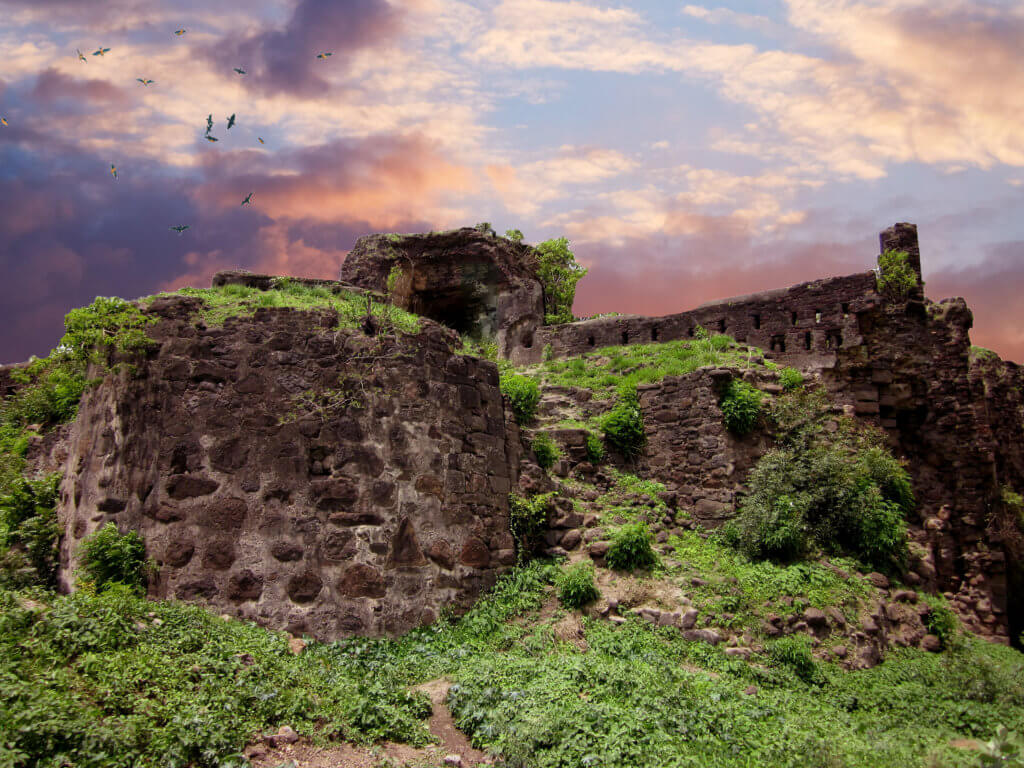
Despite keeping Pune for nearly a year, he had little success after that. In the city of Pune, he had set up residence at Lal Mahal, Shivaji’s palace.
In Pune, Shaista Khan maintained a high level of security. Shivaji, on the other hand, planned an assault on Shaista Khan in the midst of tight security. A wedding party had received special permission for a procession in April 1663, and Shivaji plotted an assault using the wedding party as cover.
The Marathas arrived in Pune dressed as the bridegroom’s procession. Shivaji had spent most of his childhood in Pune and was well-versed in the city as well as his own palace, Lal Mahal. One of Shivaji’s childhood friends, Chimanaji Deshpande, aided him in the attack by offering his services as a personal bodyguard.
The Marathas arrived in Pune in the guise of the bridegroom’s entourage. Shivaji had spent the majority of his childhood in Pune and was familiar with both the city and his own palace, Lal Mahal. Chimanaji Deshpande, one of Shivaji’s childhood friends, aided him in the attack by offering his services as a personal bodyguard.
According to Babasaheb Purandare, it was difficult to differentiate between Shivaji’s Maratha soldiers and the Mughal army’s Maratha soldiers because the Mughal army also had Maratha soldiers. As a result, Shivaji and a few of his trusted men penetrated the Mughal camp, taking advantage of the situation.
Shaista Khan was then directly confronted by Shivaji in a face-to-face assault. Meanwhile, one of Shaista’s wives, sensing risk, switched off the lights. As he fled through an open window, Shivaji chased Shaista Khan and severed three of his fingers with his sword (in the darkness). Shaista Khan narrowly avoided death, but his son, as well as many of his guards and soldiers, were killed in the raid. Shaista Khan left Pune and moved north to Agra within twenty-four hours of the assault. As a punishment for causing the Mughals humiliation with his ignoble defeat in Pune, an angry Aurangzeb exiled him to distant Bengal.

